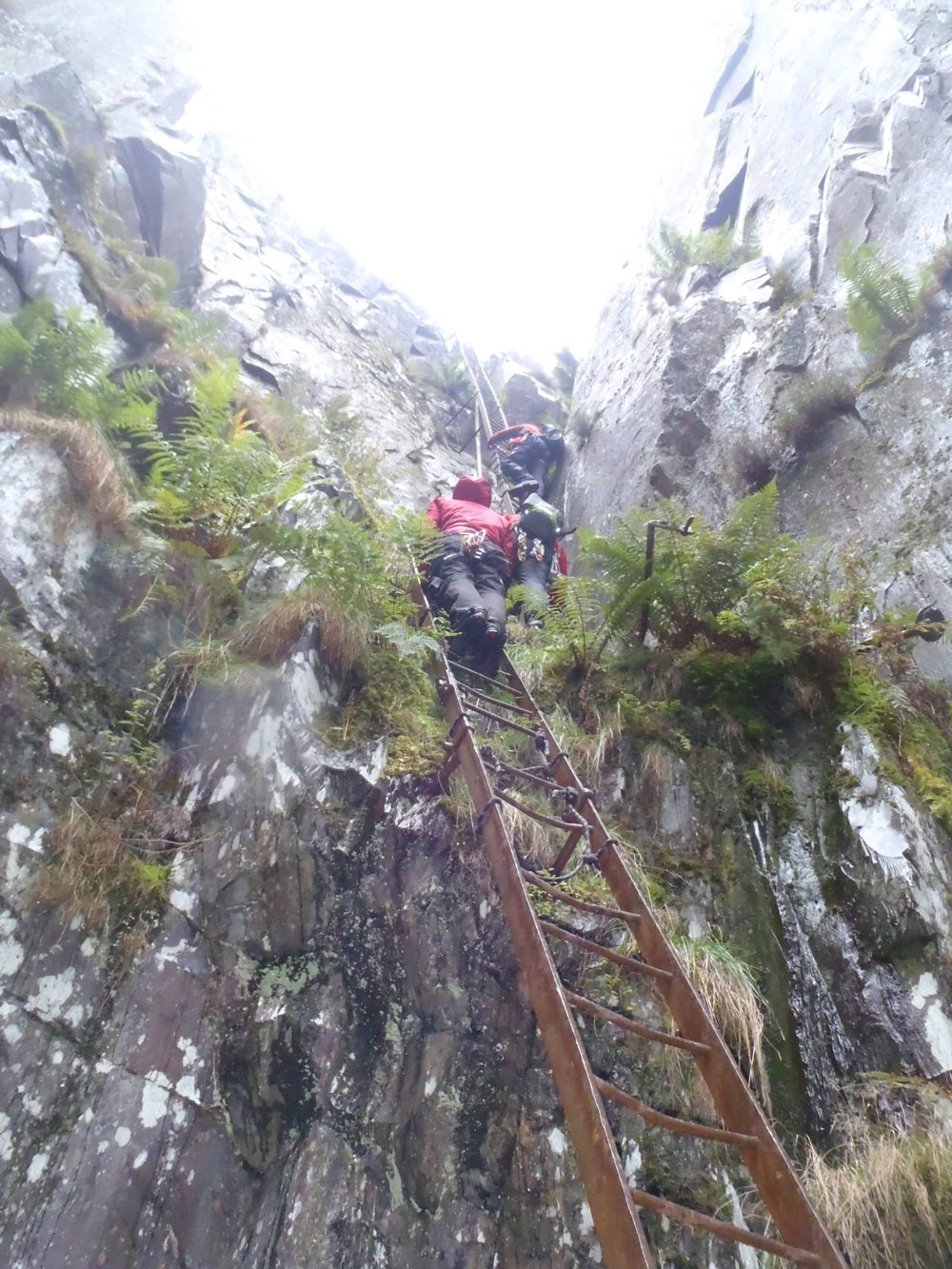When I was at university, some friends took me around a disused slate quarry in North Wales. It was a washout weekend. Our options were: get drenched and blown off a hillside, or get drenches and cold on a valley trudge. We’d spent the day before scrambling up Tryfan into face-first hail. Not quite ready to resign ourselves to two pints of tea in Pete’s Eats, we’d found a more exploratory option. Something outside and interesting, which might keep us a little bit drier on some sides.
“The climbers stepped in almost as soon as the quarrymen stepped out”
There is a long history of slate mining in Wales. There’s also a long history of rock climbing. Often in the same places. The climbers stepped in almost as soon as the quarrymen stepped out. The route we took through the quarry was not quite rock climbing. It was also not quite legal. It involved winding in and out of quarry pits via a series of tunnels, abseils, rusted metal access ladders and a little bit of rock climbing. We put on helmets, harnesses and full waterproofs, packed a head torch and set off. Although we were following someone else’s route, one that’s well enough known in the rock climbing community, we did have to step over a single chain link fence to get in. Whether the sign said Private, No Access or Survivors Will Be Shot Again, I can’t remember. But it had the feeling of sneaking out of bounds at school.

We were there over 10 years ago, but that dismal day is right up there on my most memorable days out ever. Yes, we got completely soaked. But we climbed broken ladders and dangling chains up smooth slate cliff faces. We walked down dark, dripping tunnels into what, for us, was the unknown – funnelled, crouching and wondering if we’d read the notes right… until a slab of flat, grey sunlight appeared around the corner. Atmospheric conditions were favourable. It was fantastic.
We snaked in and out of pits, tunnels and slate workings all day, until the finale. It looked like a scene from a movie. Just when we thought we’d cracked the maze and escaped, there was one final obstacle. High above ground level, a landslip had collapsed the slate shale slope, leaving a gaping slash out of the landscape. This huge gorge, with scree-like stability, was spanned by a single railway track, hanging in mid air like a thin, twisted metal ladder. That was the way.
We roped up and I crawled across second. The lines were only shoulder width apart. I could feel the bridge wobble below me and shake in the gusts of wind. It had at least stopped raining. Over halfway, there was a gap in one rail, where the rusted metal had buckled. I’d like to say that I stared down at the drop beneath me as I transitioned, to take in the view. But all I remember is two sets of wet metal handrails, burned into my memory, and the lurch as I crossed over.


